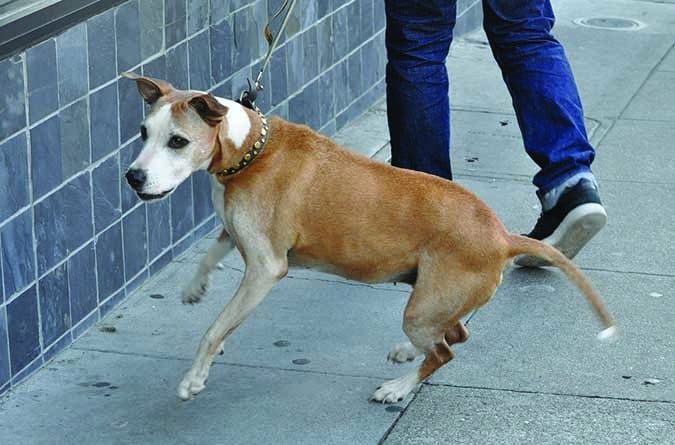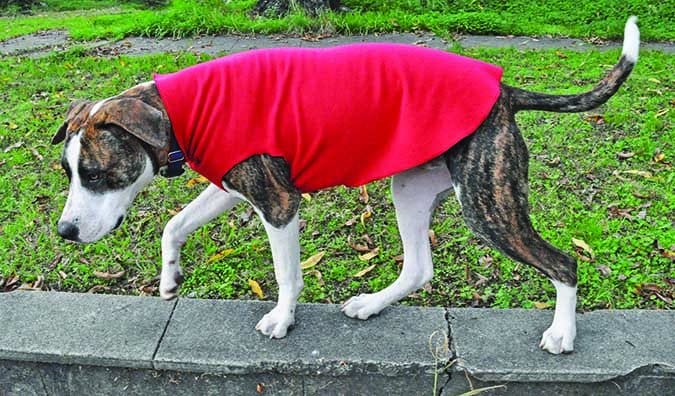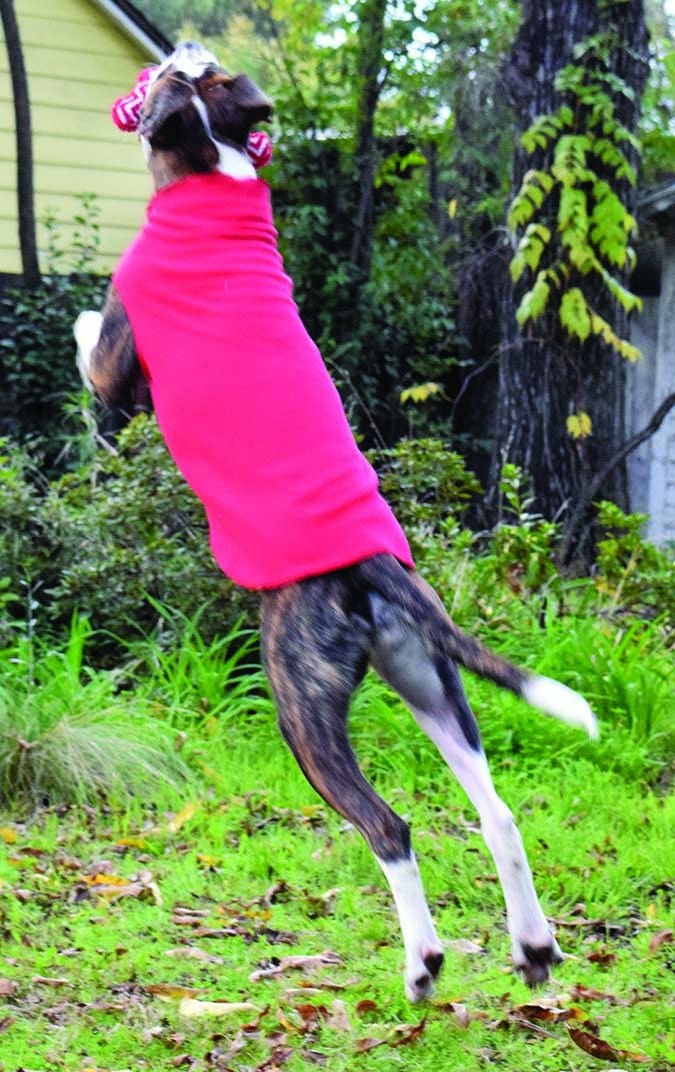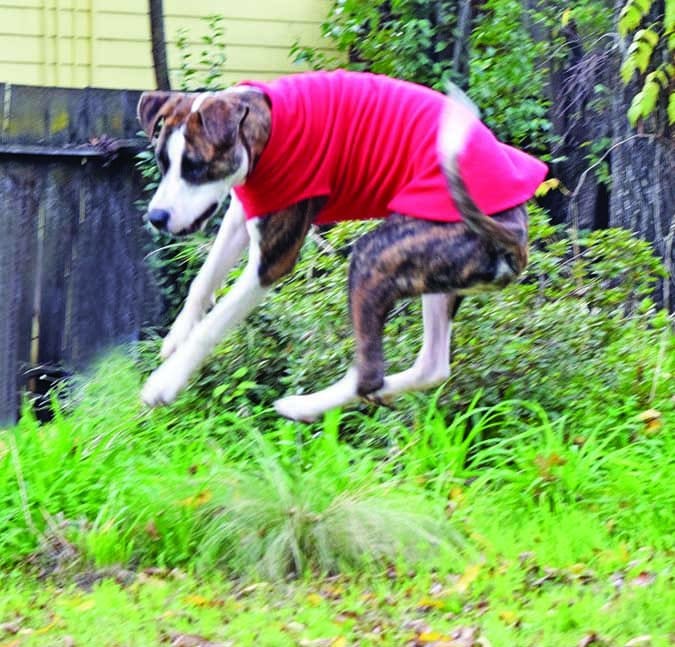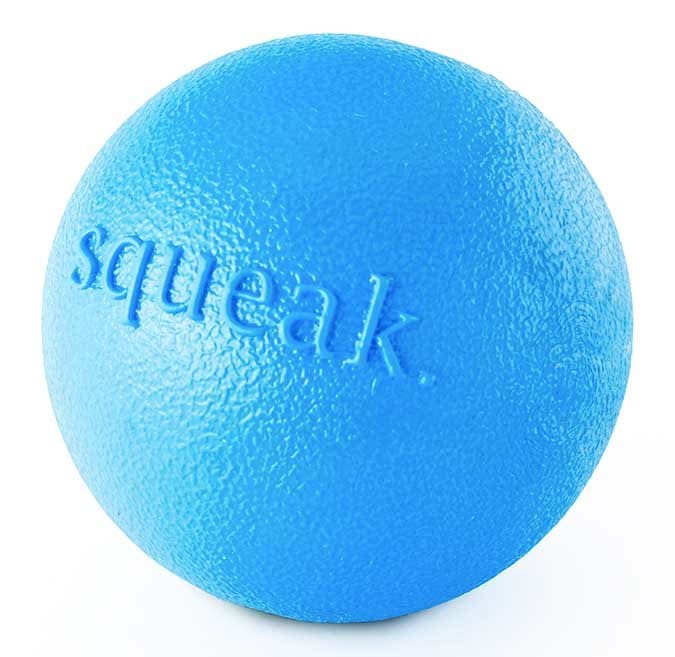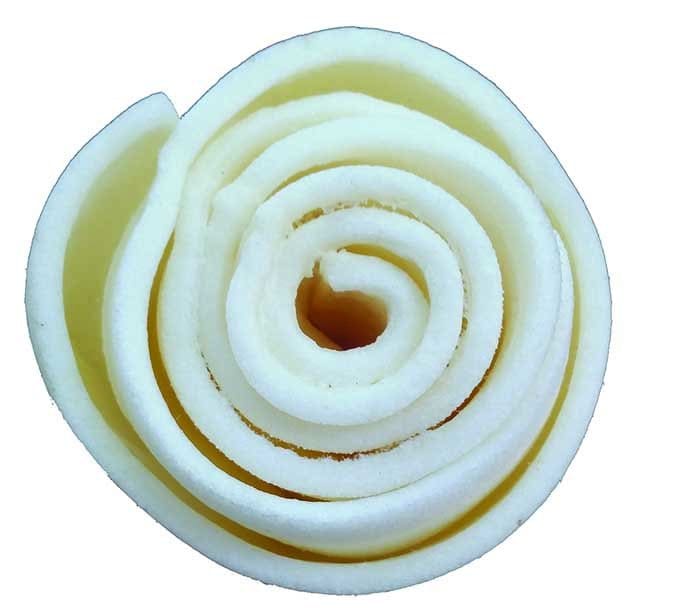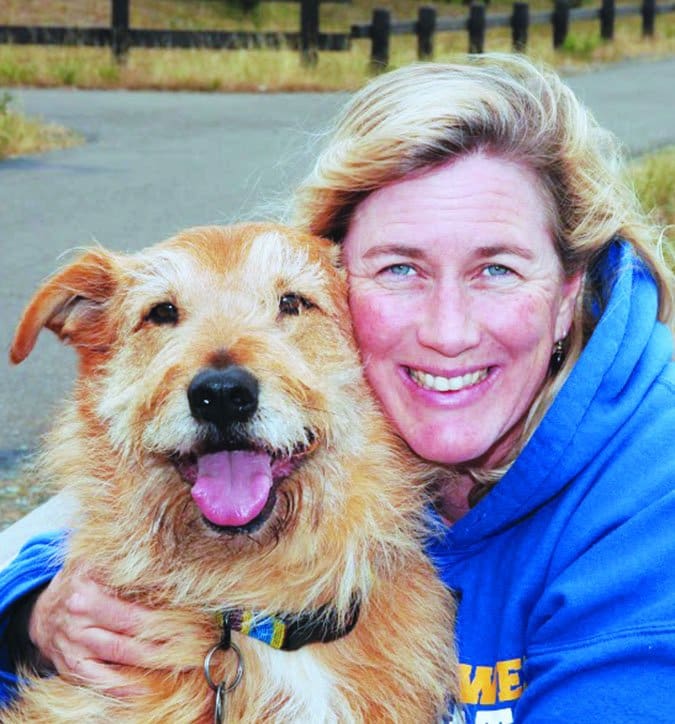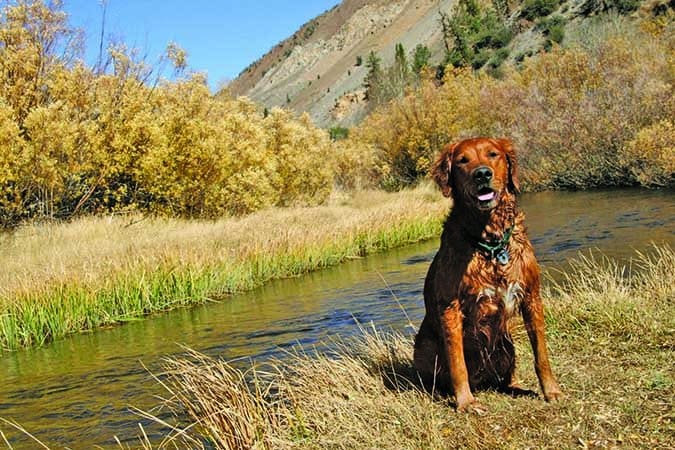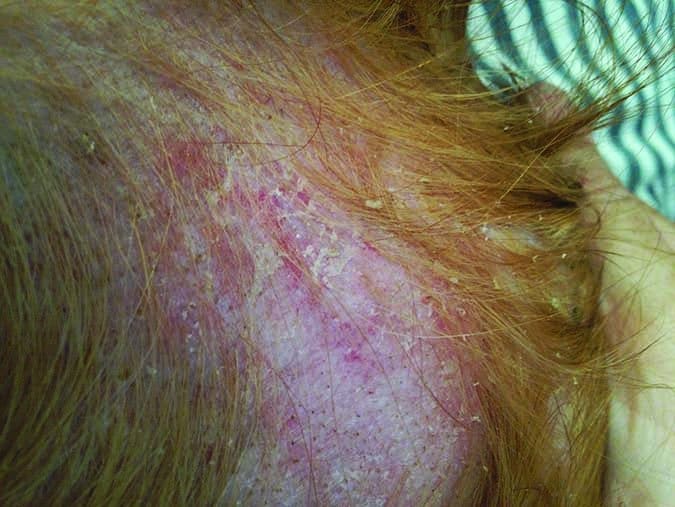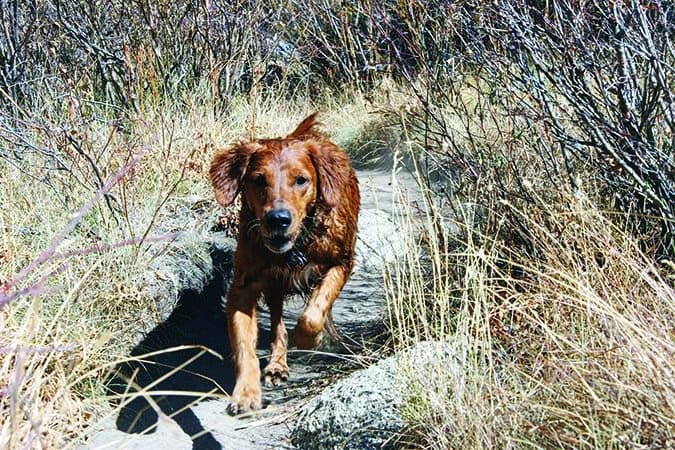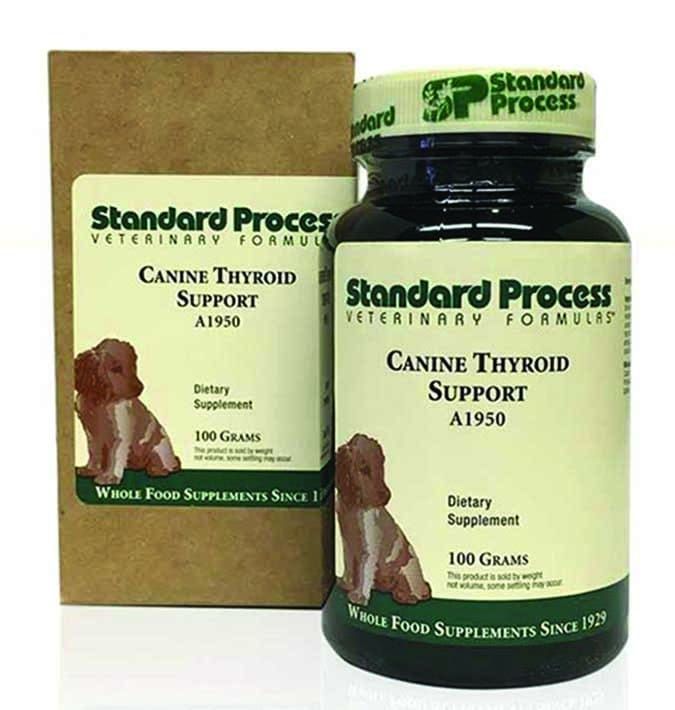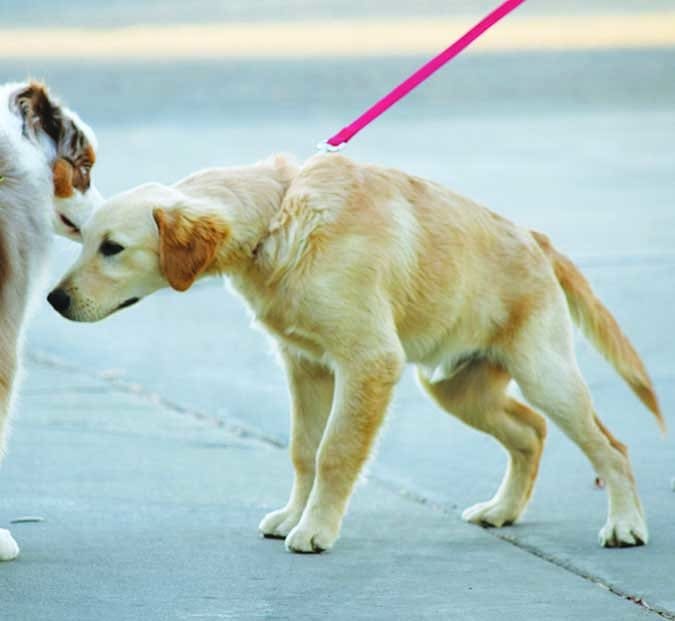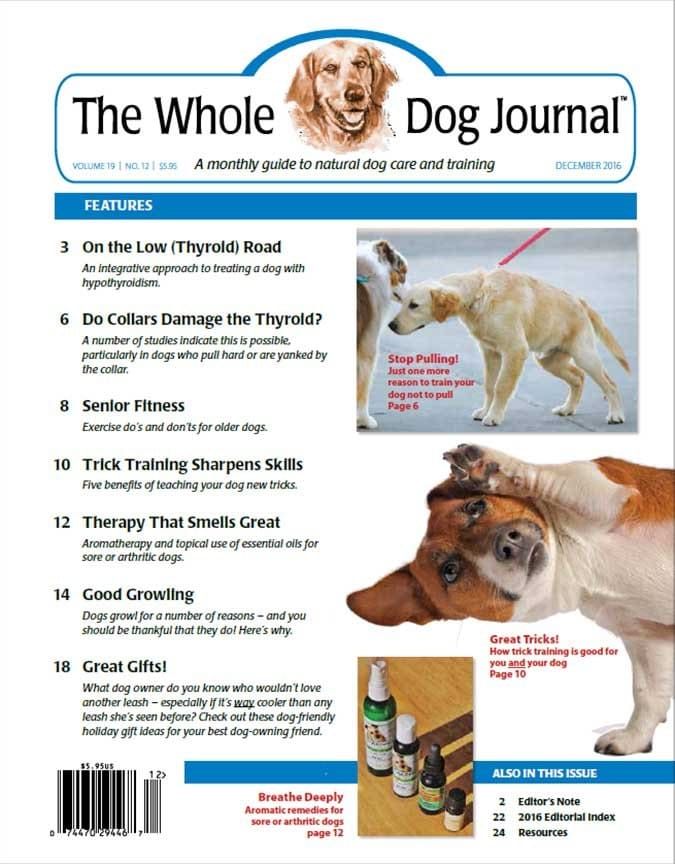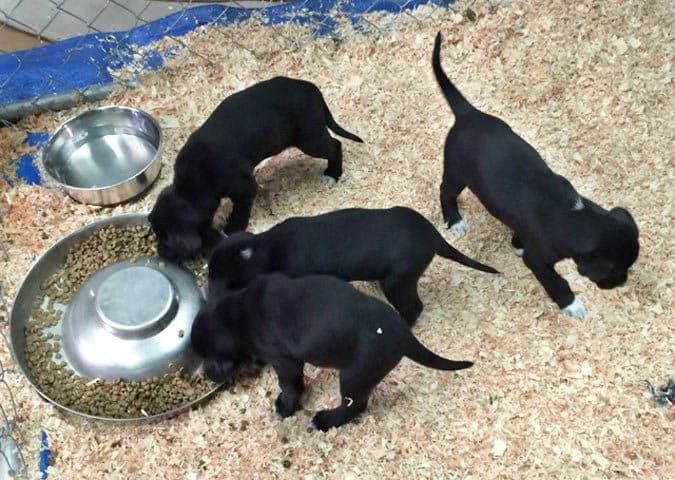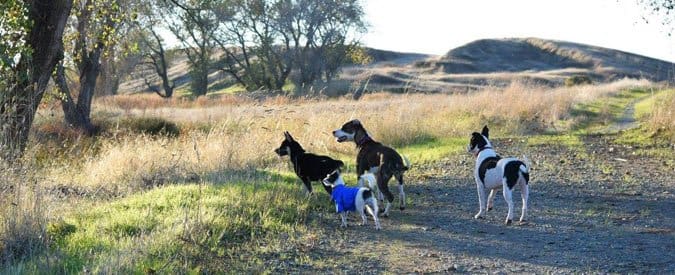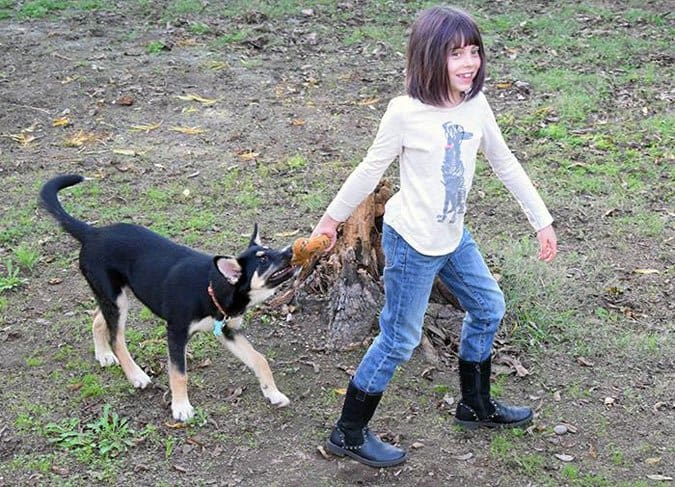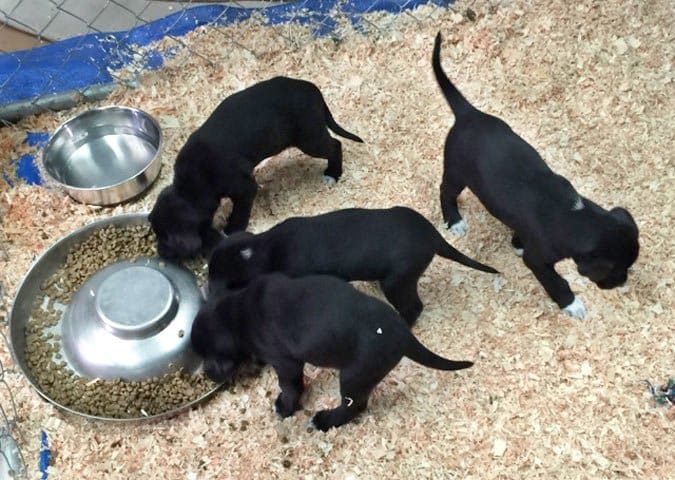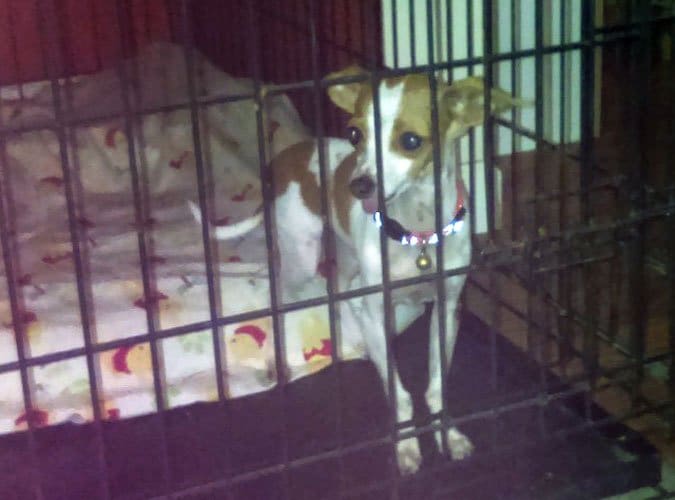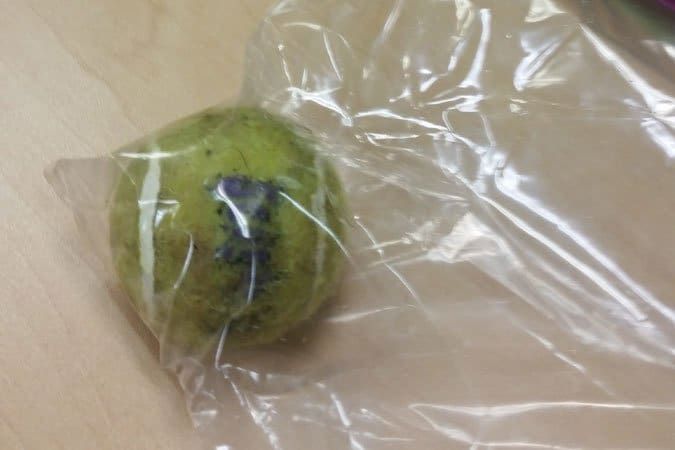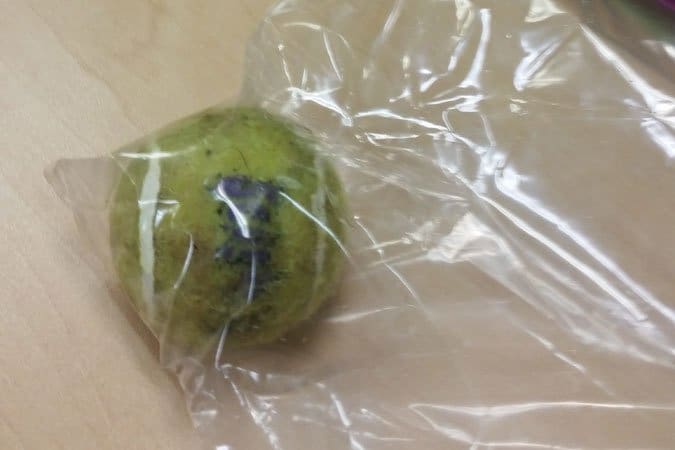Finishing up my morning chores, I am sweeping the barn aisle when I hear ferocious growling erupt in the feed room. Do I drop my broom and run to break up a dog fight? No, I chuckle to myself and keep on sweeping. I know that two of my dogs are playing tug with their favorite rope toy and that the ruckus is nothing to be concerned about. I can easily interpret the tone of the growling, and recognize it as healthy, mutually enjoyable play. Also, my experience and education in canine behavior has led to my understanding that canine growling, in all of its various presentations, is a good thing, not a bad thing.
In the old-fashioned dog training world, generally all growling was perceived as bad – an aggressive threat. Anything that elicited a growl from a dog was bad, too, which is why many dog owners have been warned against playing tug with their dogs – because it encourages aggression, as evidenced by the dog’s growls. I give myself a mental smack on the forehead every time I hear this; it’s inconceivable to me that some dog training “professionals” still perpetuate this myth despite all the evidence to the contrary. My clients are invariably thrilled when I give them permission – no, encourage them – to play tug with their dogs.
Modern trainers know that dogs growl for a variety of reasons, and that all growling communicates important information to an educated dog owner.
So what are the various kinds of growling, and why are they all good?
1. Play Growl
Like my dogs in the feed room, dogs often growl while playing, just as they exhibit other behaviors in play that are often associated with aggression, such as bites, snarls, muzzle punches, and body slams. Whether the growls happen during a rousing game of tug or a more physical play encounter, the key here is that the dogs know they are playing. Often accompanied by play bows and other body language cues that telegraph to the playmates that it’s all in fun, pseudo-aggression is just part of the game.
Some owners, uncomfortable with any growling, stop perfectly healthy play, preventing their dogs from engaging in a normal, beneficial social activity. In reality, dog-human tug is a great game: it’s good exercise, an excellent reinforcer for other behaviors, and strengthens the bond between dog and owner when they engage in a mutually enjoyable game. (See “Rules for Tug,” at right.)
In healthy dog-dog play, if Dog A starts to escalate his level of arousal to a level that makes Dog B uncomfortable, Dog B signals his discomfort with appeasing body language and Dog A tones it down a couple of notches. Dog A happily rejoins the fun, and the growling and biting resume.
Aggressive, aroused play goes sour when Dog A ignores Dog B’s discomfort and continues to escalate. Rather than happily continuing to engage, Dog B clearly tries to avoid the activity – often unsuccessfully as Dog A continues his pursuit. When this happens, Dog B may escalate to defensive aggression in order to try to get Dog A to back off.
While Dog B often gets blamed for “starting” the fight, Dog A is really the culprit. The problem here is not the growling, but rather Dog A’s inappropriate play style and poor social skills. It is appropriate for the human to cheerfully intervene (before the fight happens!) when one dog is clearly not enjoying the interaction.
2. “Talking” Growl
There are several breeds of dogs that are well-known for growling as a way of “talking.” Rottweilers are the most notorious for this, but there are many more. Just as the submissive grin is often mistaken for a real snarl by uninformed humans, the growly talking dog is often misunderstood by people who may think he is being aggressive. Not so!
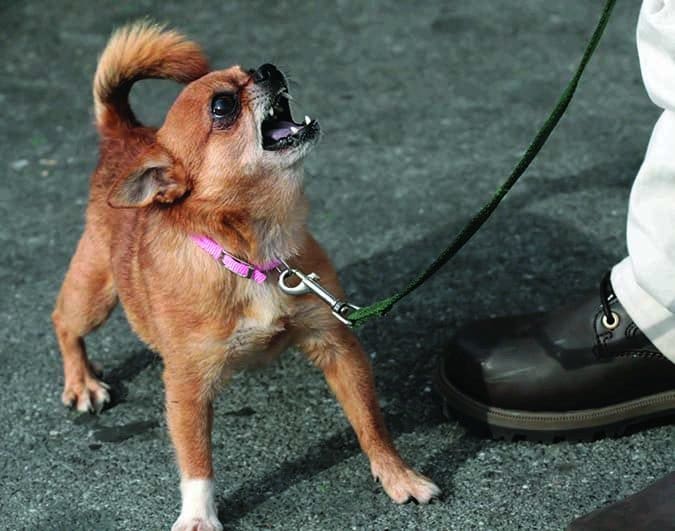
© Mikeworking | Dreamstime.com
That said, you have to pay attention to the entire package of body language with growly “talkers.” Perhaps your neighbor’s Rottie is leaning against you in what seems like a friendly manner. You oblige with a good butt-scratch. As your fingernails find that spot just above his tail, you feel the rumble of a growl vibrate though him. Yikes! Is he about to bite you? Should you stop scratching? It depends.
If the dog is still leaning against you, with relaxed ears, eyes a little squinty, and an open, relaxed mouth, this dog’s growl is just expressing his pleasure; he’s really enjoying his canine massage. If, however, he stands up, his body tense and still, his eyes hard, and his mouth closed, then yes, he has taken offense.
There’s a good chance it’s the first scenario, not the second. If you’re sure he’s loving it, resume scratching. If not, sit still, avoid eye contact, and calmly ask the dog’s owner to call him away. When the dog has moved away, explain to the owner what happened, and ask for her interpretation. Owners of growly dogs are sometimes pretty good at being able to decode their dogs’ messages. (But not always, so trust your own instincts, too!)
These dogs may also growl-talk as a means of communication in other situations, and the tone of the growl can even vary slightly, providing even more information to the educated ear. That deep grumble might mean, “I’d like my dinner, please,” while a higher-pitched, more intense growl might mean, “I need to go out to potty, now!”
3. Alert Growl
Your dog may also growl to let the rest of his social group (including you) know there’s something to be concerned about. A noise outside, or elsewhere in the house, may elicit what I call the “alert growl,” meaning, “Hey, everyone, pay attention! There’s something out there and I’m not sure what it is, but it could be a threat. Someone might want to check it out!!”
Often, if you do check it out and assure your dog that all is well (and thank him for doing his job), he’ll relax and go about his business. Absent that, he may feel the need to continue to warn about the perceived possible threat or intruder.
Of course, checking it out isn’t a guarantee that he’ll stop alerting. If he feels that something more needs to be done, he may continue his efforts to warn you that danger is afoot. If so, it may help to actually show him the source of the noise, so he can reassure himself that all is well.
4. Warning Growl
As long as they have not been punished for growling (and we’ll talk more about that momentarily), dogs will usually issue a warning growl to humans or another dog if they are uncomfortable. It’s important to understand that a warning is a good thing!
Most dogs don’t want to bite or fight. Social groups work because members tend to avoid violence, so a system of communication develops to facilitate avoidance of aggression. The behaviors that signal pending aggression are intended, first and foremost, to warn away a threat. The dog who doesn’t want to bite or fight tries his hardest to make you go away. He may begin with subtle signs of discomfort that are often overlooked by many humans – tension in his body movements, a stiffly wagging tail, a freeze, and hard stare, and more. “Please,” he’s saying gently, “I don’t want you to be here.”
If you ignore those signals and continue to invade his comfort zone, his threats may intensify, with more tension, a hard stare, and a low growl. “I mean it,” he’s saying more firmly, “I want you to leave.”
If those are ignored, he may become more insistent, with an air snap, a bump of the nose (called a “muzzle punch”), or even open-mouth contact that closes gently on your hand or arm but doesn’t break skin. “Please,” he’s saying, “don’t make me bite you.”
If that doesn’t succeed in convincing you to leave, or to stop whatever you are doing that’s worrying him, the dog may feel compelled to bite hard enough to break skin in his efforts to protect himself, his territory, members of his social group, or other valuable resources.
Aggression is caused by stress. The stressor may be related to pain, fear, intrusion, threats to resources, and past association or anticipation of any of these things. (See “Understanding Aggression in Dogs,” WDJ October 2010.) An assertive dog acts aggressively because he’s stressed by the intrusion of another dog or human into his territory. A fearful dog bites because he’s stressed by the approach of a human. An injured dog lacerates the hand of his rescuer because he’s stressed by pain.
How to Respond to a Warning Growl
Lots of humans who understand that the above-described growling situations don’t indicate aggression may still overreact to a growl that clearly is a warning and a possible precursor to aggression. The problem here is a failure to understand that a warning growl is a really good thing; it means he is doing his best to not bite you. A warning growl says, “I am very uncomfortable here… please don’t make me bite.
The appropriate human response, in this case, is to quickly determine what is making the dog so uncomfortable, and remove the stressor so he doesn’t feel compelled to bite.
It’s usually not rocket science. If you are walking your dog and he sees someone coming toward you on the sidewalk and starts growling while looking at him or her, that person is scary to him; quickly do a U-turn or step off the sidewalk or take other immediate action to put some space between your dog and the person that is scary to him at that moment.
If you are trying to put a new coat on your dog, and hear a warning growl, stop what you are doing and give him some space. He’s just told you that a slower approach to the coat, with some counter-conditioning and desensitization, is in order.
Unfortunately, the all-too-common human response to growling is to take offense. Many owners immediately think, “How dare you growl at me!!” They grab the dog’s collar, smack him, and/or thrown him on the ground in a misguided “alpha roll.” In some cases, the dog might be intimidated into silence, but in many cases, the punished dog will be pushed into biting the very human he was trying hard not to bite.
It can seem intuitive to punish growling. Growling leads to biting, and dogs who bite people often are euthanized, so let’s save our dog’s life by punishing him at the first sign of inappropriate behavior. I can see how it seems to make sense, but when you have a deeper understanding of canine aggression, it’s easy to understand why it’s always the absolute wrong thing to do.
When you punish a growl or other early warning signs (such as a snarl or snap), you may succeed in suppressing the warning behavior, but this doesn’t remove the stress that caused the growl in the first place. Actually, you increase the stress, because now you, the dog’s owner, have become unpredictable and violent as well. If you succeed in suppressing the warning signs, you end up with a dog who bites without warning. He learns that it’s not safe to warn.
If a dog is frightened of men, he may growl when a man approaches. You, conscientious and responsible owner, are well aware of the stigma – and fate – of dogs who bite people, so you punish your dog with a yank on the leash and a loud “No! Bad dog!” Every time your dog growls at a man you do this – and quickly your dog’s fear of men is confirmed: men do make bad things happen! He likes men even less, but he learns not to growl at them to avoid making you turn mean.
In contrast, you think he’s learned that it’s not okay to be aggressive to men, because the next time one passes by, there’s no growl. “Phew,” you think to yourself. “We dodged that bullet!” Convinced that your dog now accepts men because he no longer growls at them, the next time one approaches and asks if he can pet your dog, you say yes. In fact, your dog has simply learned not to growl, but men still make him very uncomfortable. Your dog is now super-stressed, trying to control his growl as the man gets nearer and nearer, but when the scary man reaches for him he can’t hold back any longer – he lunges forward and snaps at the man’s hand. Fortunately, you’re able to restrain him with the leash so he doesn’t connect. You, the dog, and the man are all quite shaken by the incident.
It’s time to change your thinking.
A warning growl is a dog’s cry for help. It’s your dog’s way of telling you he can’t tolerate a situation – as if he’s saying, “I can’t handle this, please get me out of here!” Instead of making things worse, heed the warning. Help your dog out of the situation that’s causing him discomfort, and take behavior modification steps to help him become more comfortable with the stressor.
The next time your dog growls, don’t panic. Just determine what kind of growl it is, and respond appropriately. Now, go play some tug!
Author Pat Miller, CBCC-KA, CPDT-KA, is WDJ’s Training Editor. She and her husband Paul live in Fairplay, Maryland, site of her Peaceable Paws training center, where Pat offers dog-training classes and courses for trainers. Miller is also the author of many books on positive training. Her newest is Beware of the Dog: Positive Solutions for Aggressive Behavior in Dogs (Dogwise Publishing, 2016).


